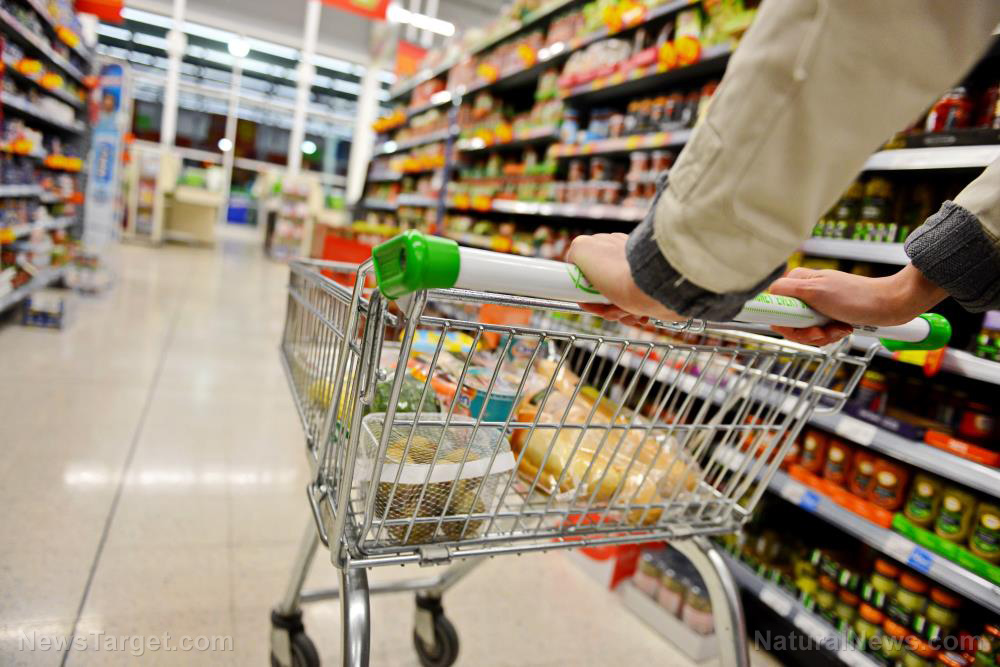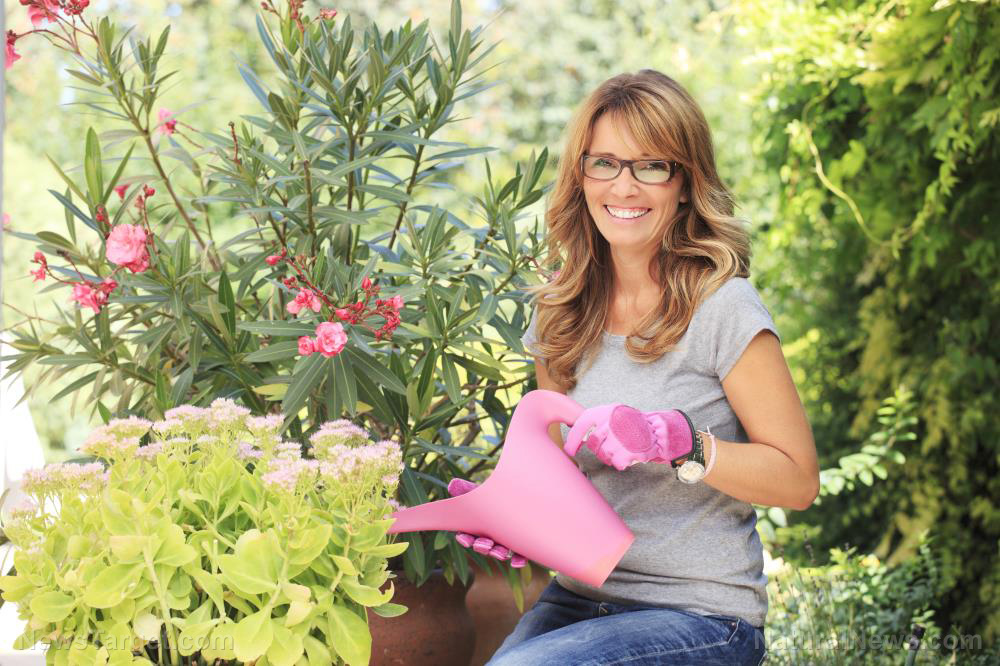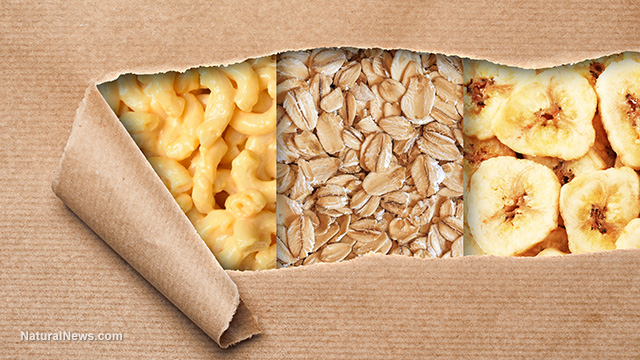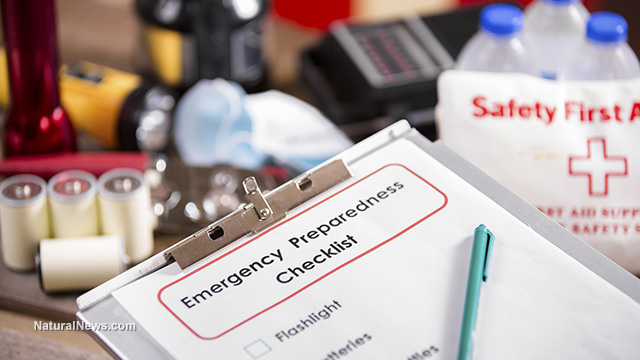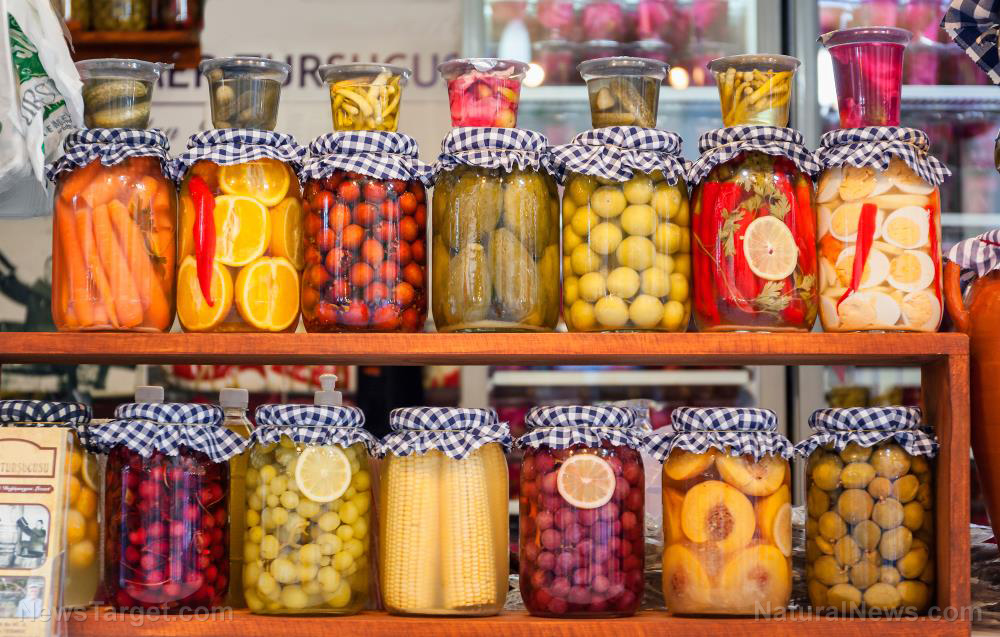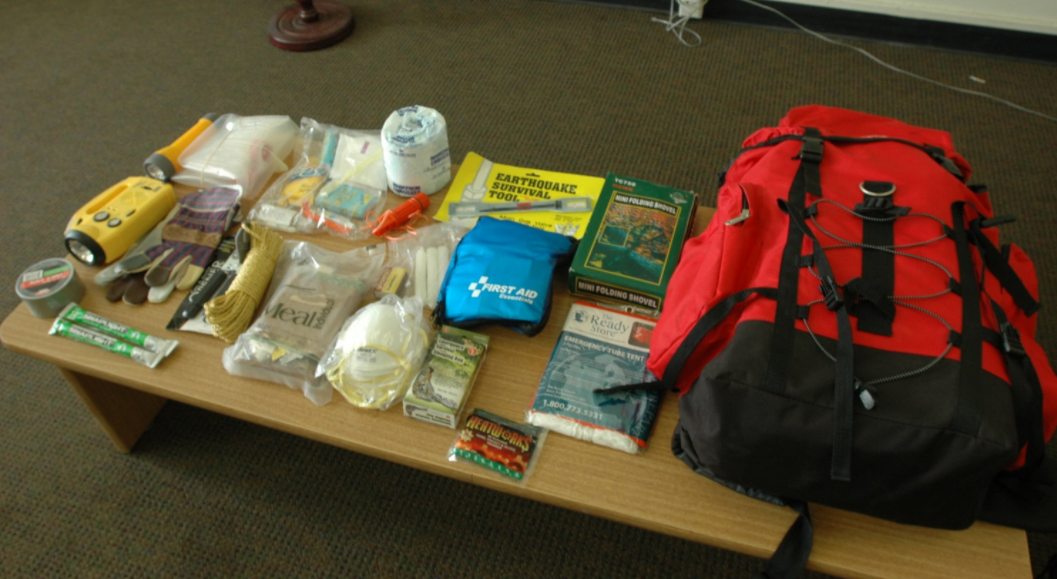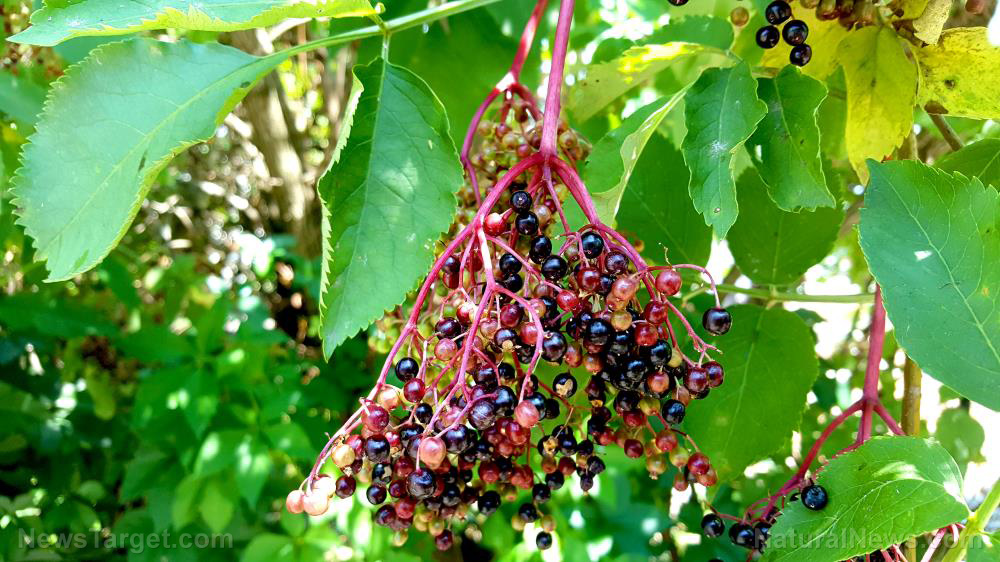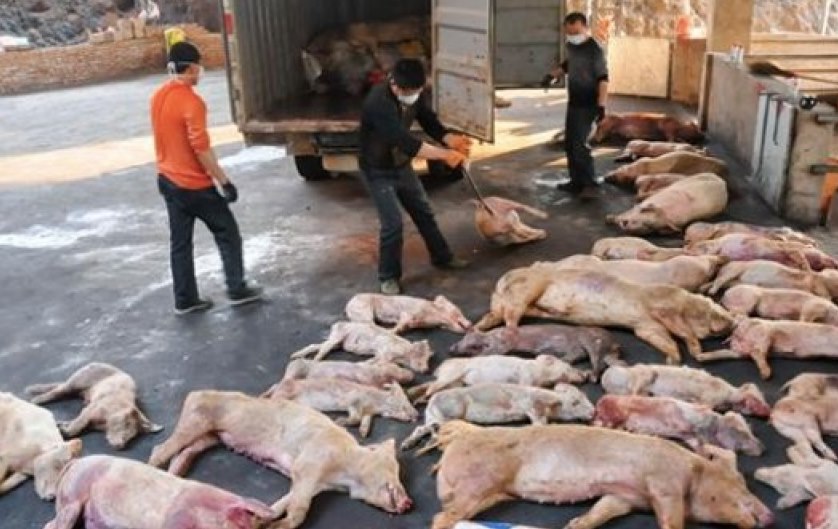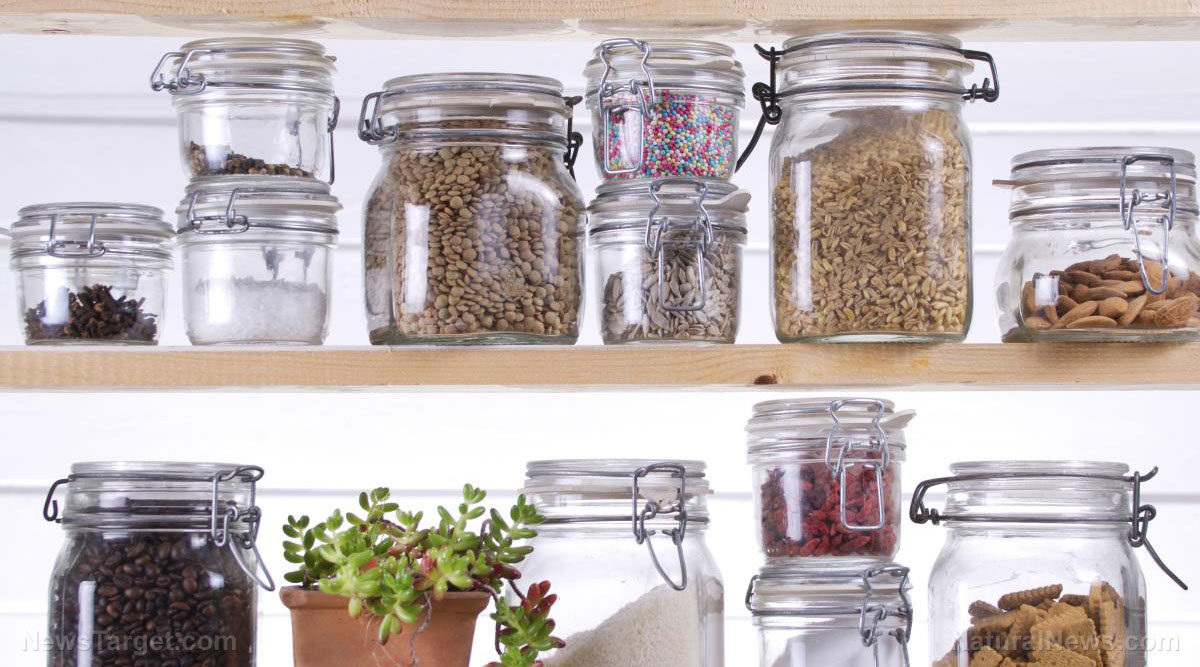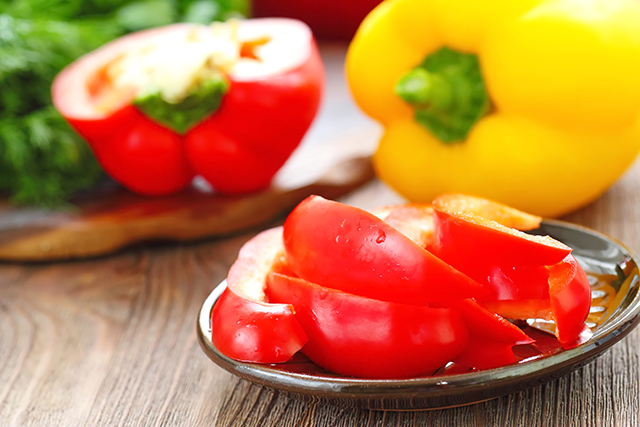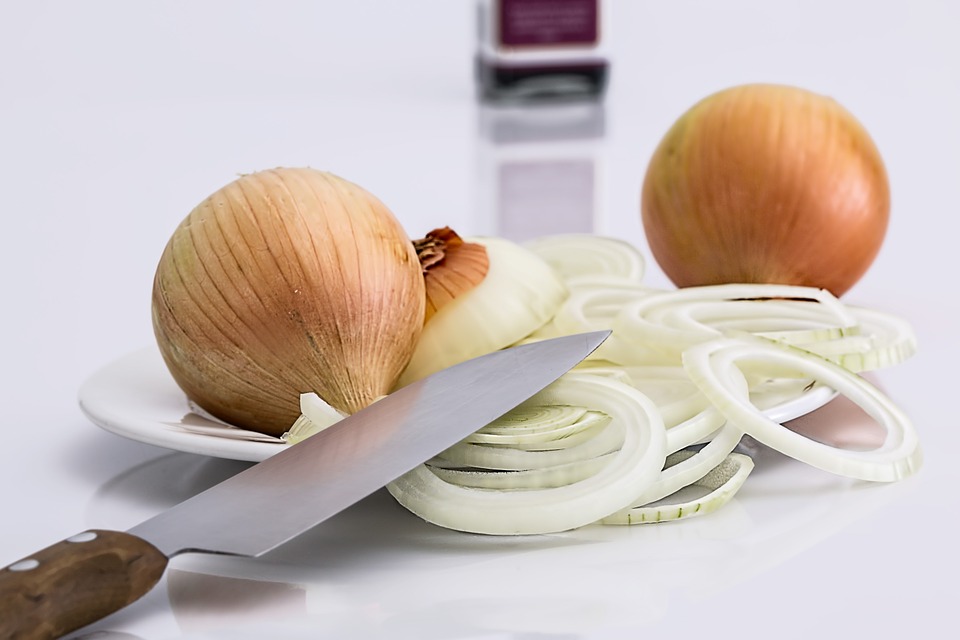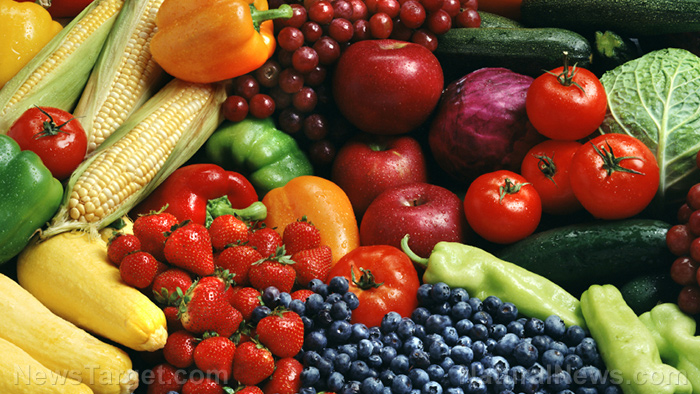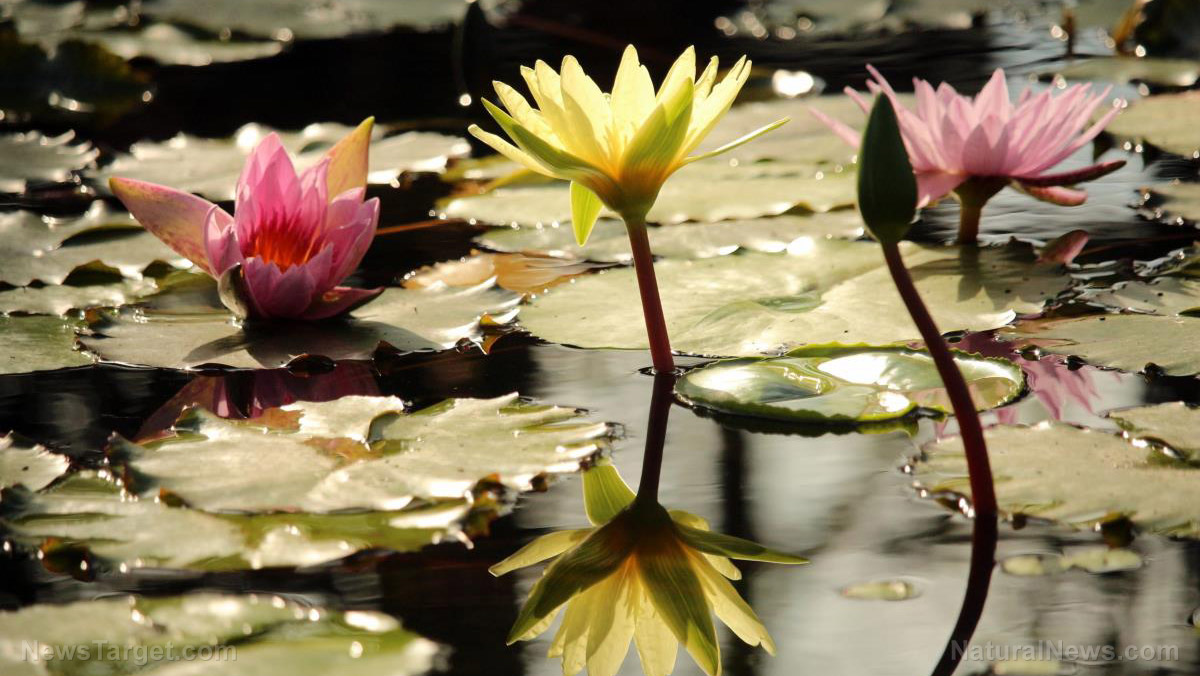Growing vegetables even in the cold: 5 crops that can survive harsh weather
03/04/2019 / By Zoey Sky
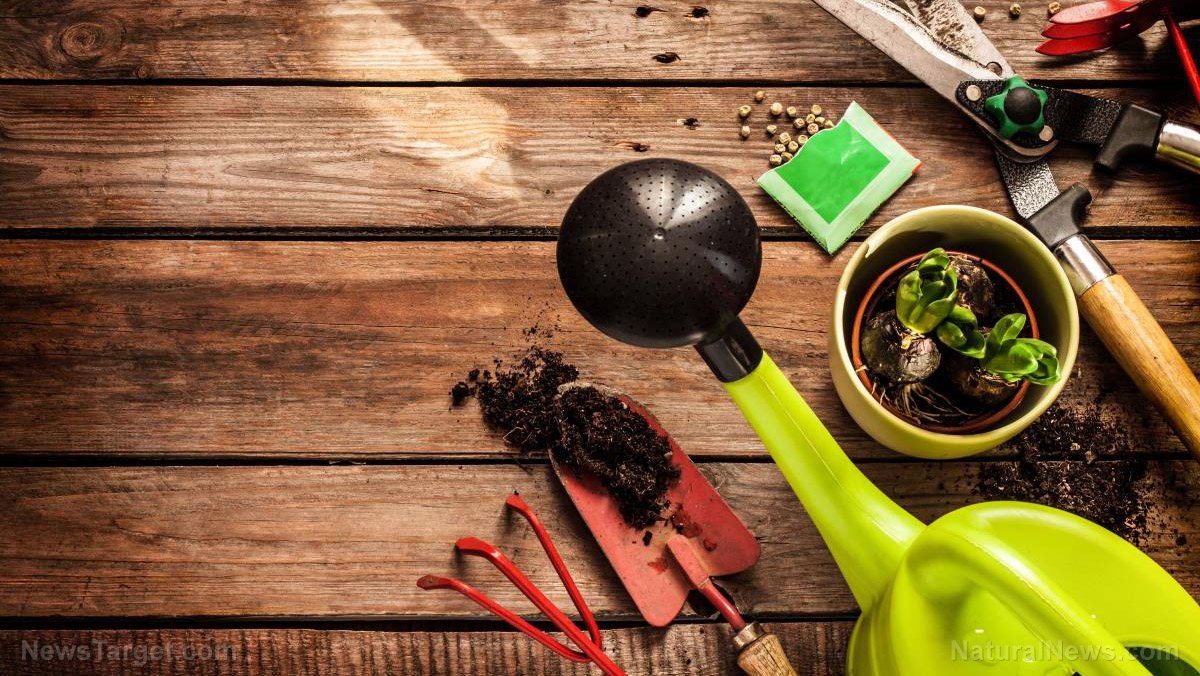
If you have a home garden, you need to prepare ahead of time so you can still harvest crops even during winter. After all, you wouldn’t want to run out of resources just when the weather starts getting frosty again, would you? (h/t to MDCreekmore.com).
Factors to consider for cold climate gardening
While it’s better to grow your own vegetables, you need to consider some factors, such as space (or a lack of it), to devise a gardening system that works for you. If you don’t have a yard or a home garden, you can still grow herbs or sprouts indoors. Every step counts if you want to minimize your exposure to chemically-treated foods and other products.
Below are some things that you need to consider, along with your own needs and growing zone, before you start growing crops that will survive during winter. (Related: How to prepare your survival garden for winter.)
Will these crops thrive in your growing zone?
Ask fellow home gardeners to learn what kinds of crops can grow in your zone. Make use of the space you have, and only grow what you can consume so you don’t waste time and effort.
What kinds of dried, frozen, or tinned foods are cheaper to buy than cultivate?
If dried beans, grains, and legumes are cheaper to buy, plant something else that can thrive in your zone.
Can you eat or use the whole plant?
You can compost any spent vegetables, but you must prioritize crops that have the most edible parts, even those that take up space for a long time, like:
- Garlic – Garlic is a cool climate vegetable that you can plant very close together in rows. Thin out the shoots as they grow. You can first use the shoots, then move on to the slightly swollen bulbs as green garlic starts to bulb up. Once the bulbs really start to swell as the weather warms, give the remaining garlic some space to encourage the growth of large bulbs. If you have leftover garlic, plant it by the time it’s ready to sprout again in autumn. Smoke excess garlic to make them last a couple of months longer in your fridge.
- Broccoli – Broccoli produces little flowering side shoots for a long time. The leaves can also be eaten as greens. Remember, broccoli that matures during cool weather produces healthy heads that taste sweeter than those harvested at any other time. To get the best-tasting broccoli, harvest broccoli heads while the buds are just starting to swell but before the yellow petals start to grow.
- Carrots – Carrots grow fast, and you can use the tops as steamed or salad greens and in soups. Alternatively, you can use carrot tops to make pesto.
- Parsley – Parsley produces lush leaves until it flowers and goes to seed. Parsley flowers will help attract insects to your garden. In the second year, you can start collecting parsley seeds. Green seeds can be added to salads and soups, but after the seeds have dried on the plant you can use them as a cooking spice. When it’s time to pull the plant out, clean the root and use it to flavor stock.
- Radish – Radish grows very fast. When planted at the right time, some winter varieties of radish will overwinter in your garden. Young radish leaves can be used in salads or as steamed greens.
Before you switch to a diet of fruits, vegetables, and foraged foods, double-check the nutrient profiles of the foods you plan to eat to ensure that they provide you with enough nutrients. Consult a healthcare professional to determine if any of the crops that you grow will interfere with the medications that you take.
Always plan ahead so when winter comes, you can still harvest crops in your home garden.
Sources include:
Tagged Under: cold weather, food production, food supply, fresh produce, gardening, gardening tips, home gardening, homesteading, off grid, organics, preparedness, prepping, self sufficiency, self-reliance, self-sustainability, survival garden, sustainable living, urban gardening, vegetables, Veggies, winter crops, winter gardening tips

